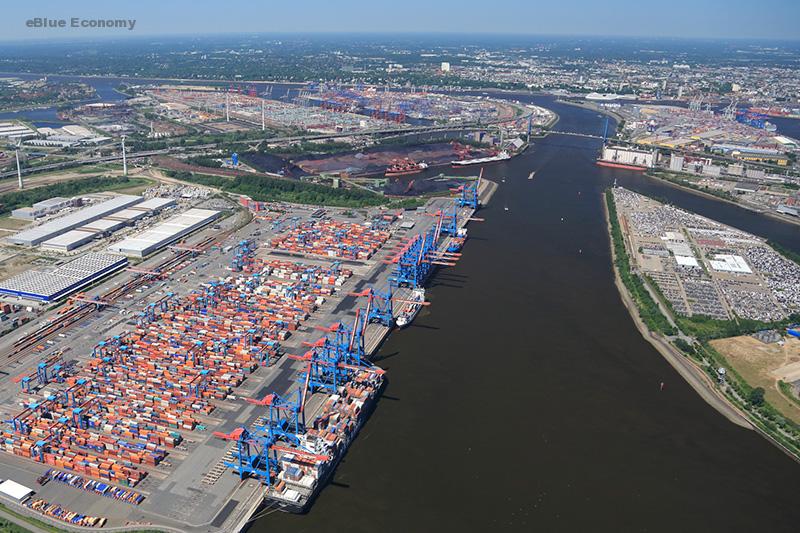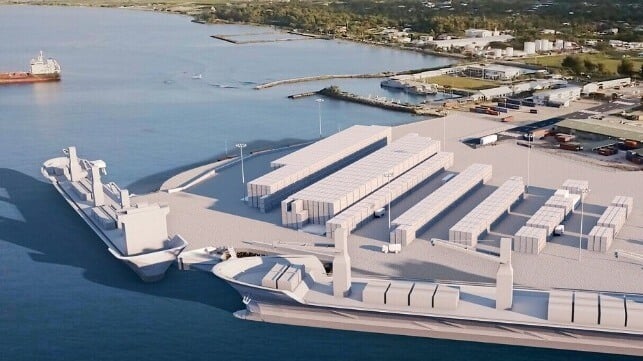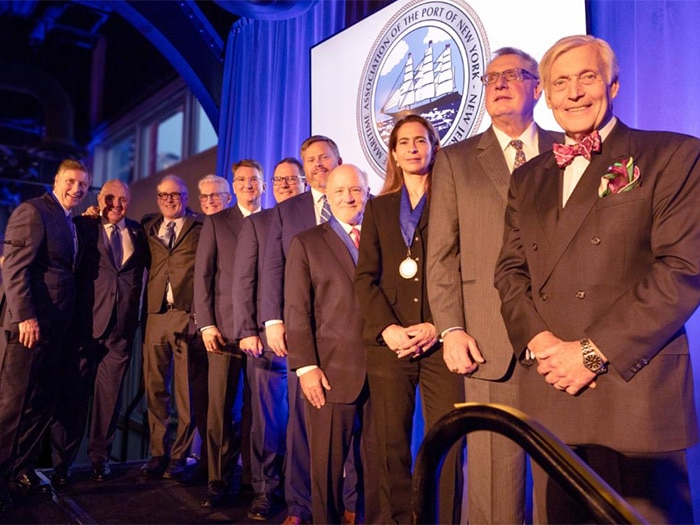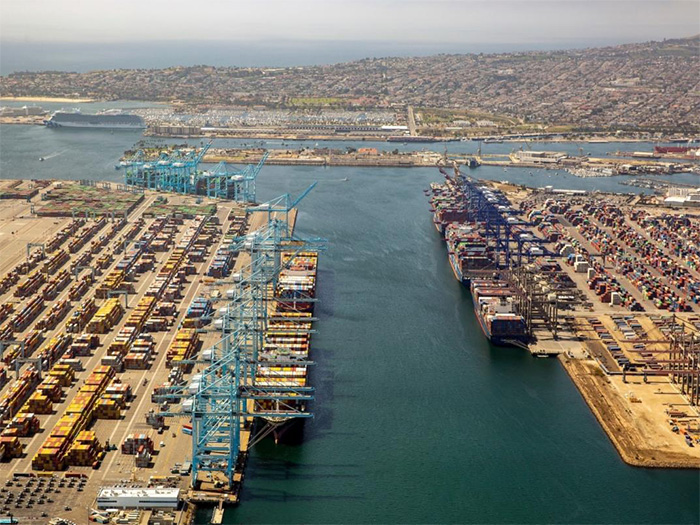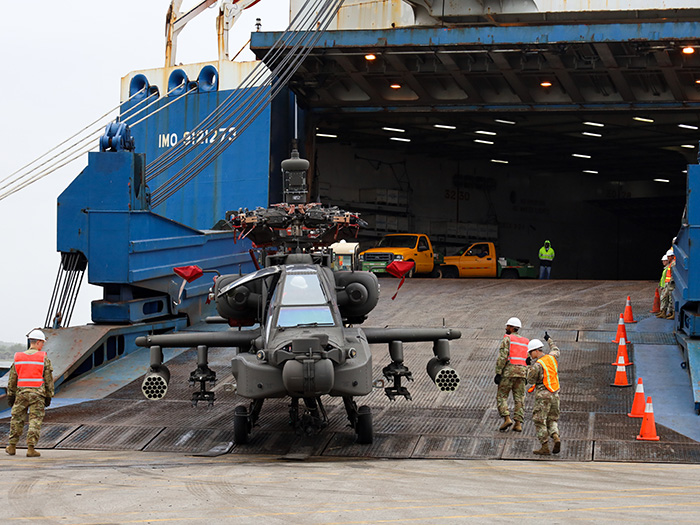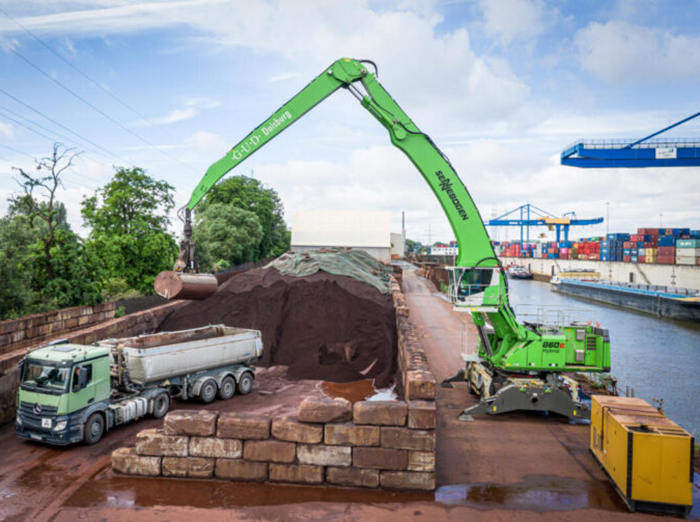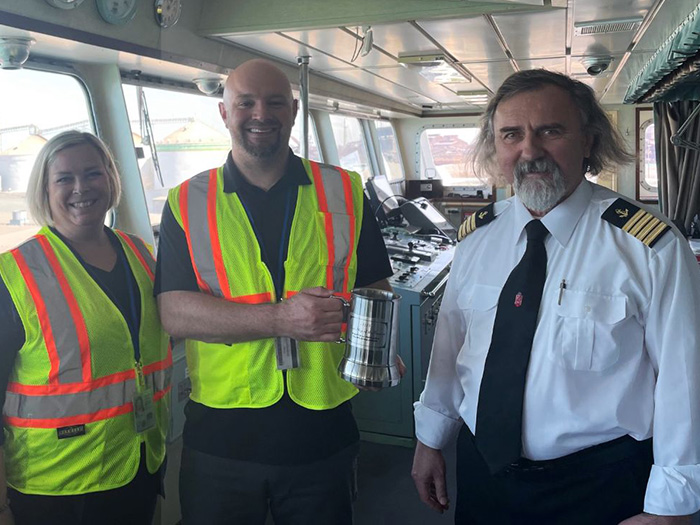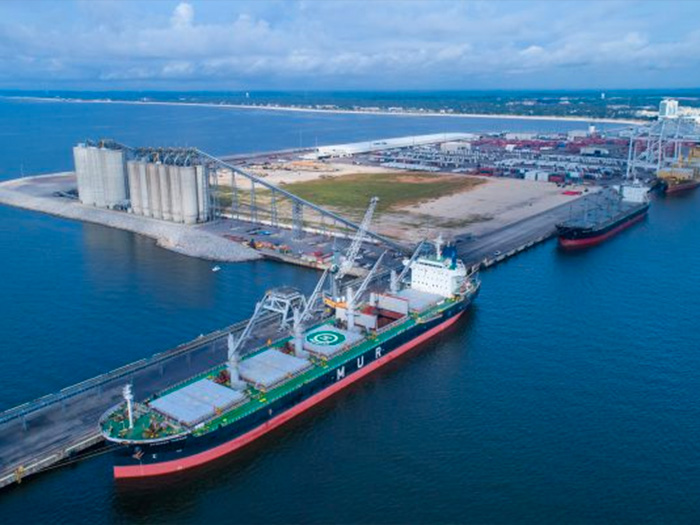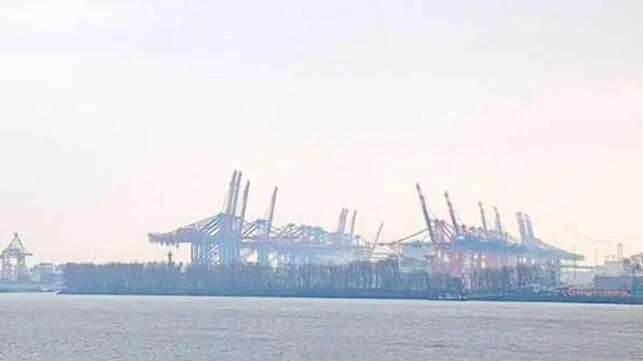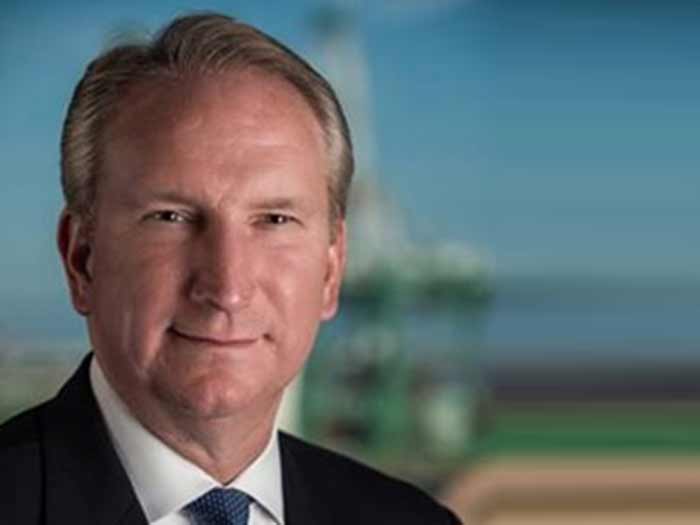
Marek Grzybowski
The Port of Hamburg has maintained its course for Smart Port and ecology and sustainable development, despite the coronovirus pandemic.
The port of Hamburg has experienced a slowdown in the global economy and a reduction in the supply of cargo like other ports during a pandemic. „Sea transhipments were 8.5% lower during first four months this year compared to the same period of the last year.
The supply of general cargo decreased by 8.4% and bulk cargo by 8.8%,” informs Maciej Brzozowski, a representative of Hafen Hamburg Marketing e.V. in Poland.
The coronovirus pandemic has led to stringent regulations in ports to ensure the safety of employees, ship crews and customers at terminals. The terminals use the latest technology available. Many operations have been automated.
“The automated terminals in Hamburg work very well, and their brains, i.e. terminal operating systems, function better the more information they have at their disposal. To facilitate this information flow, terminal systems communicate with the Port Community System.
Additional modules are developed, such as VBS (Vehicle Booking System),” says Maciej Brzozowski. Automation has been implemented to increase efficiency, protect the environment and ensure continuity of operations throughout the year, regardless of the time of day or night.
SmartPORT is not so much a system as a concept based on intelligent management of limited resources. SmartPORT increases efficiency, minimizes energy consumption and harmful emissions. HVCC (Hamburg Vessel Coordination Center) and truckGATE are examples of intelligent solutions improving the flow of information.
These systems enable better coordination of ship and car arrivals and handling at container terminals. TruckGATE has been operating since the end of 2017. This is a mandatory procedure for reserving places for container delivery and collection.
HHLA and Eurogate container terminals operate in the system. Three container storage places and a veterinary inspection are also a part of it. The system of integrated intelligent transport infrastructure (road and rail) is under control.
In the future the port of Hamburg will become a zero-emission port. Actions to realize this plan are being taken today. The electrification process of all reloading devices based on renewable energy is on advanced stage. “The first zero-emission terminal in Hamburg (and maybe in the world) is the CTA terminal, which is constantly developed,” said Brzozowski.
Work is underway to develop innovative technologies such as Hyperloop, air and water drones, 5G network, virtual and augmented reality and other innovative solutions. The management of the port of Hamburg is also investing in new ships.
Two new fire ships were contracted. They will also be used for other purposes, e.g. inspection. The Port of Hamburg Authority received an autonomous hydrodron for bottom testing in the port in 2020. Air drones are used to inspect port spaces.
The energy transformation of terminals, warehouses and carriers, including ships, is advanced. It is possible to refuel LNG from the “Kairos” bunker. The management plans to introduce hydrogen as the fuel of the future. Of course, “green” hydrogen will be introduced, which will be obtained from renewable energy, e.g. from wind farms.
The Port of Hamburg handles over 135 million tons of goods and over 9 million TEU containers annually. Around 8,000 ships moor here every year. At about 43 km of quays there are about 300 berths. Over 2,300 freight trains reach the terminals per week.
Four partially automated container terminals, three terminals for cruise ships and about 50 terminals specializing in ro-ro, groupage and bulk cargo operate in Hamburg. Poland is connected with Hamburg by regular feeder connections to the Port of Gdynia and 71 railway connections per week with leading industrial centers.
[doc id=38811]

